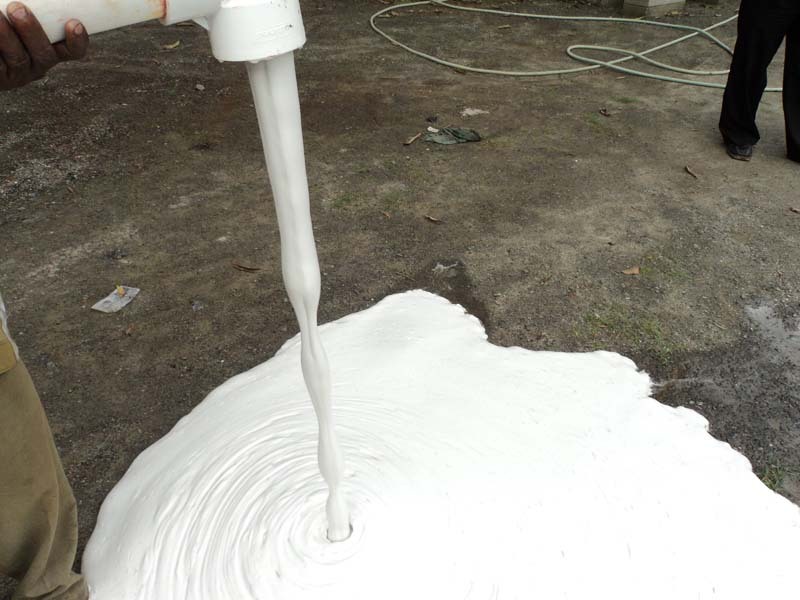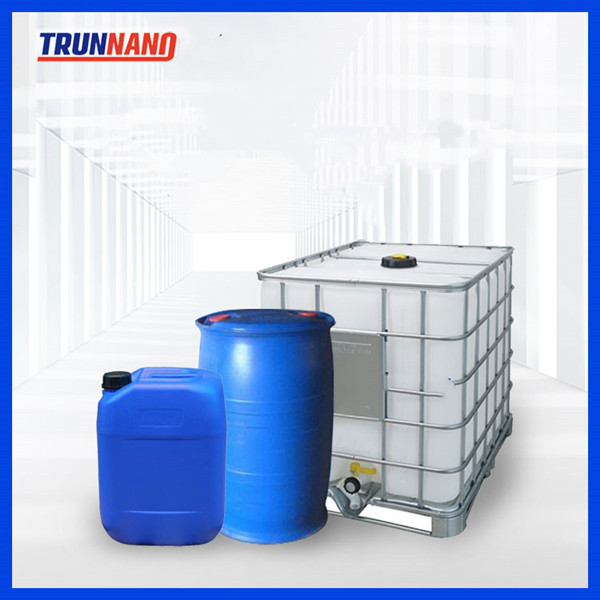Professional solutions on concrete addtives, Concrete Foaming Agent, Superplasticizer, CLC Blocks Additives, and foaming machine
(The determination of the strength of in situ concrete)
What is concrete early strength?
Some research on the performance of the maturity method in cold weather was reported; however, this research is mainly based on heat curing. The method's performance for predicting the early age strength of concrete in cold weather without heat curing still needs to be investigated. Furthermore, no research in the open literature investigated the correlation between in situ strength and strength estimated using the maturity method at an early age (1–3 days) and in cold weather (less than 10°C), hence the need for this research. Both the conventional concrete cylinder method and maturity method are compared with the core strength of concrete to clearly understand their performance in estimating the strength of cold weather concrete. The current study was conducted in Canberra, Australia, and was designed to simulate the winter conditions of Canberra. The city is known for its cold winters and warm summers. In winter, the temperature at night can drop below 0°C while the mean maximum daytime temperature is about 14°C. A standard curing method in this area is keeping the form in place: moisture preservation. Standard cylinders and maturity methods based on cylinders kept in an insulated box are commonly used to estimate strength. As stated by Tank and Carino, the Nurse-Saul method was based on empirical observations and is adequate only under certain conditions. When different samples of a given concrete experience dissimilar early-age temperatures, the method does not correctly represent the effect of curing temperature on strength development. Arrhenius's maturity method, which accounts for the nonlinear rate of hydration of cement caused by the effect of temperature, was later developed by Hansen and Pedersen. Due to its advantages, the maturity method has been the center of research for early-age in-situ strength assessment of concrete. Various methods, standards and variations of the method have been proposed and used worldwide.
The determination of the strength of in situ concrete
Critical construction activities, such as formwork removal, post-tensioning, lifting precast members, and termination of cold weather protection, require the determination of the strength of in situ concrete. Waiting too long to perform these activities can be expensive, but acting too early can harm the structure. A classic example of the latter is the progressive collapse of a portion of a multi-story building in Fairfax County, Virginia, USA, in 1973, which claimed 14 lives and resulted in 34 injuries and a failure of a cooling tower being constructed in Willow Island, West Virginia, USA, in 1978, which claimed 51 lives. These failures initiated research in the area of estimating the in situ strength of concrete during construction. The maturity method estimates the concrete strength based on the combined effect of time and temperature. The method's origin can be traced back to a series of papers dealing with accelerated curing methods. McIntosh investigated the electrical curing of concrete and found that the amount of hydration is proportional to the area under the temperature–time curve above the datum temperature of 30°F (the temperature at which hydration virtually ceases). McIntosh termed this area the ‘basic age” of the concrete and measured it in °F × hours. The nurse investigated steam curing of concrete and plotted the product of time and temperature against the strength of concrete expressed as a percentage of the strength of the concrete after 3 days of storage at average temperature. The nurse used the curves to estimate the minimum steaming conditions to achieve a target and concrete strength after a specific steam curing scenario. Saul investigated the principles underlying the steam curing of concrete at atmospheric temperature. He defined maturity as the age of concrete multiplied by the average temperature above freezing, which the concrete has maintained. For a concrete mix, Saul stated that the strength of concrete stays constant whatever combinations of temperature and time go to make up the maturity.
Determination of the in-situ strength of concrete: Core strength
The core strength is an effective way of determining the strength of in-situ concrete. Thus, it is often used for calibration of other methods. However, the compressive strength of the core samples is generally lower than that of the conventional cylinders due to the drilling process. Factors such as length-to-diameter ratio, diameter, and core treatment affect the core samples' strength. This study compares the core strength with the strength from the maturity method, which is based on standard cylinders. The comparison of the core strength with the maturity strength should be performed after modifying the core strength to account for factors such as diameter, length-to-diameter ratio, and drilling operation effects. Standards, such as AS 1012.14 and ACI 214.4R, give such procedures for modifying the core strength. This report follows the ACI 214.4R method as it accounts for the strength reduction coming from the core drilling process. The worst estimate was observed in the case of 24 h-300 mm specimens, while the best estimate was observed in the case of 72 h-150 mm specimens. The standard cylinders underestimated the concrete strength by 76% at T1 exposure for 24 h-300 mm specimens, while it gives almost the same strength as the core for 72 h-150 mm specimens at T2 exposure. The standard cylinders could not correctly estimate the strength of 24 h-300 mm specimens due to the concrete's relatively early age and the slab's higher thickness. For Portland cement, the maximum rate of heat evolution occurs within the first 24 hours. Thus, more heat is generated in the concrete in this period. This higher heat generation creates a relatively higher difference between the cylinders and the slabs than the concrete tested at 72 h. For instance, for the B3-72T1-300 slab, a maximum temperature of 35°C was observed around the 9.5 h mark. At the 24th hour, the slab had a temperature of 26 °C while the cylinders had a temperature of only 8°C. At the 70th hour, the slab has a temperature of 5.5°C while the cylinders have a temperature of 7°C, showing a much lower difference between the slab and the cylinder. The concrete in the slab takes advantage of the higher temperature at an early age, resulting in higher strength. In comparison, the rate of hydration in the cylinders is adversely affected by the lower ambient temperature.
Concrete early strength supplier
If you are looking for high-quality concrete early strength, please feel free to contact us and send an inquiry. (sales@cabr-concrete.com). We accept payment via Credit Card, T/T, West Union, and Paypal. TRUNNANO will ship the goods to customers overseas through FedEx, DHL, by air, or by sea.
(The determination of the strength of in situ concrete)






